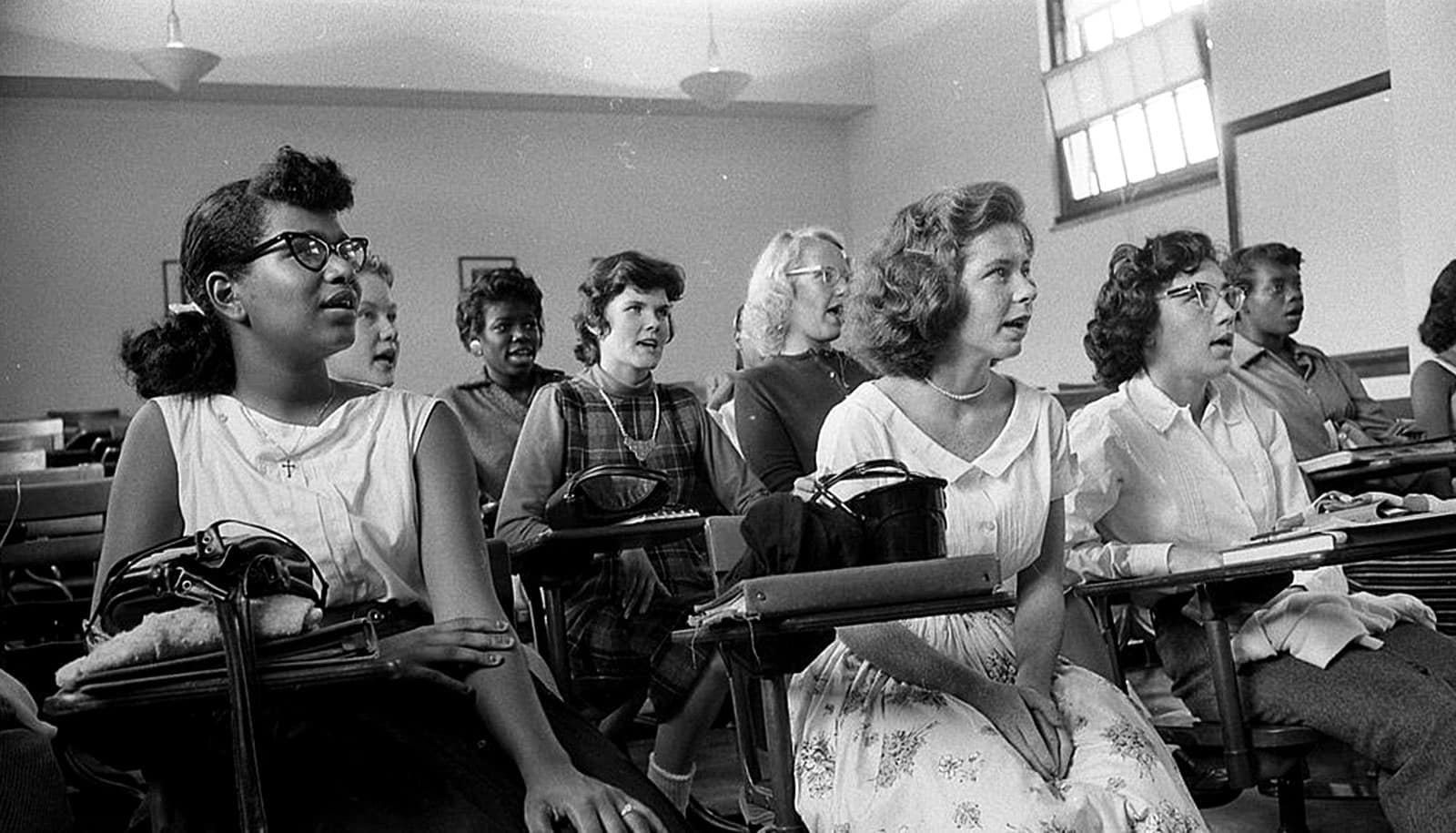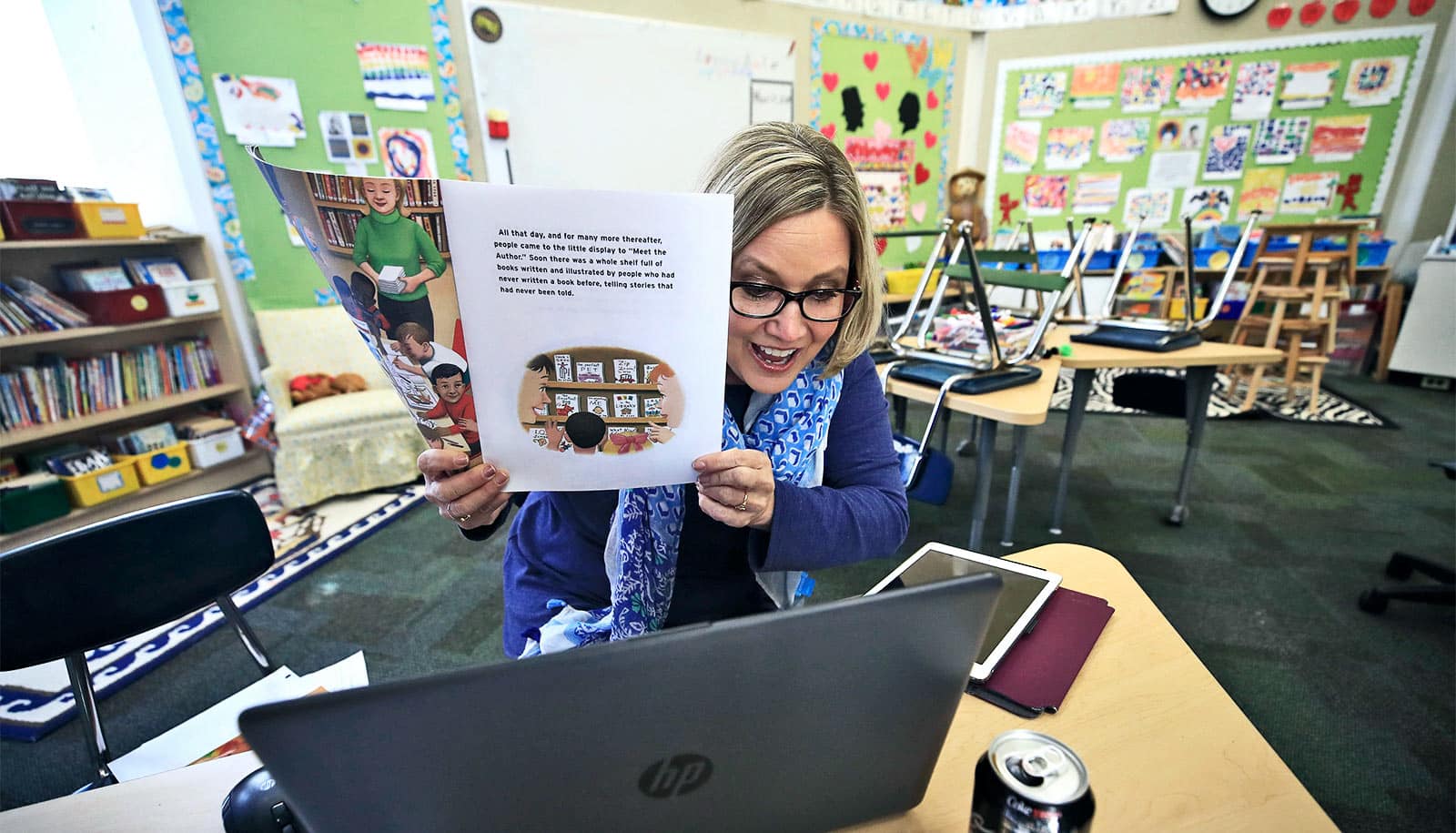Changing the format of school board meetings may boost trust and engagement, especially among low-income groups and people of color, research finds.
Schools in the United States are set to receive $123 billion in federal pandemic relief funding. Across the country, parents and school administrators are debating whether to teach critical race theory. And Americans are bitterly divided in their opinions about how and when to resume in-person instruction following rising rates of vaccination against COVID-19.
Given these topics, you might expect that school board meetings across the US would be hotbeds of discussion. But in many cases, they’re staid, sparsely attended affairs.
“We have more than 13,000 school boards in the US, and each one of them meets monthly,” says Jonathan Collins, an assistant professor of education at Brown University. “Everyone hates these things. People have told me they think going to school board meetings is like watching paint dry, like listening to nails on a chalkboard.”
But after observing school board meetings in Southern California, Collins noticed not all of them were dull. Unlike many of its neighbors, the Burbank Unified School District’s board didn’t just solicit public comments—it also responded to them, he says, eliciting two-way conversation.
Collins wondered: Could encouraging dialogue between citizens and their elected officials boost meeting attendance? The answer, according to his latest study, might be yes.
Local democracy
The study, published in the American Political Science Review, found that giving the public more opportunities to engage in conversation with their school boards could significantly boost trust in local leaders and interest in attending public meetings—especially among people of color and individuals from low-income households.
“When you’re in a space where people are receptive to your voice, you feel like you belong there.”
Collins’ findings, in combination with conclusions from previous studies, imply that giving the public more opportunities to converse with elected leaders could increase civic engagement and lead to greater public trust in leaders—which, in turn, could help school boards and city councils better represent their constituents.
“One thing I have found in my previous research is a correlation between student performance and democratic norms,” Collins says. “If students are doing well, the district has stronger democratic norms—meaning, there’s respectful dialogue at meetings, there are fair and competitive school board elections, and the board operates with a certain level of transparency. So I wondered, how could school board meetings factor into that? What could draw more people to them, and what could make them more engaging?”
Three kinds of school board meetings
To find out, Collins engineered an online survey that required participants to watch one of three videos from school board meetings in different cities. A third of participants saw a video that showed a school board official opening the meeting floor to public comment, only to be met by silence. Another third watched a video that showed a school board yielding the floor to a community member, then rapidly moving on to other agenda items. And the final third watched a video where a member of the public had a chance to share concerns and receive a reply from board members.
Before and after watching the video, participants answered questions about their participation, and likely future participation, in school board meetings, perception of their own schools and school board, and opinions on the most pressing issues facing schools today.
Collins found that trust in school board members significantly increased among those who watched the video featuring deliberation between a concerned citizen and the board members. Among those who said they had little to no trust in school board members before watching the deliberation video, 27% changed their stance afterward, expressing high trust. By contrast, only 12% of those who initially expressed low trust reversed course after watching the first video featuring no public comment.
Many respondents also expressed increased interest in attending school board meetings after watching the videos. While 40% of respondents who watched the no-comment video expressed willingness to attend a public meeting in the future, that percentage climbed to 48% among those who watched the deliberation video.
‘Will they hear me?’
Collins noticed the change in opinion was even more dramatic among people who had never attended a school board meeting before—a group, Collins says, that is disproportionately made up of people of color and people from low-income households. Among those who were new to public meetings and watched the no-comment video, just 31% said they would be willing to attend another meeting—but among those who watched the deliberation video, 42% said they would attend another meeting.
“I think a lot of people who have been socially marginalized tend to think, ‘If I go to a meeting, will they actually hear what I have to say? Will they acknowledge my concerns? Will there be an opportunity for a dialogue?'” Collins says. “My findings clearly show that having discursive meetings could erase some of those concerns. When you’re in a space where people are receptive to your voice, you feel like you belong there.”
Generally, Collins says, those who attend school board meetings are overwhelmingly white, wealthy and educated—and that’s largely because they have more time and flexibility, they’re more likely to have a social network that keeps them informed about upcoming meetings and pressing issues, and they’re more likely to understand the bureaucratic language used by elected officials. While providing an opportunity for citizens to receive official responses to their concerns doesn’t erase these realities of inequity, Collins believes it could still go a long way toward making other groups of people feel welcome and valued at meetings.
Collins has begun to test that theory by conducting a series of in-person pilot tests in Providence, Rhode Island. He expects to have initial findings by the end of June 2021. Until then, he hopes his virtual analysis inspires school districts to restructure board meetings with inclusivity in mind.
“Education is synonymous with hope—it offers this opportunity for something better,” Collins says. “Even the biggest cynic on the school board probably has a fundamental desire to improve kids’ experiences and give them a brighter future. I think the best way to do that is to understand all students’ needs and to know where every parent is coming from. We want these meetings not to be illusions of democracy, but real examples of democracy at work.”
Source: Brown University


